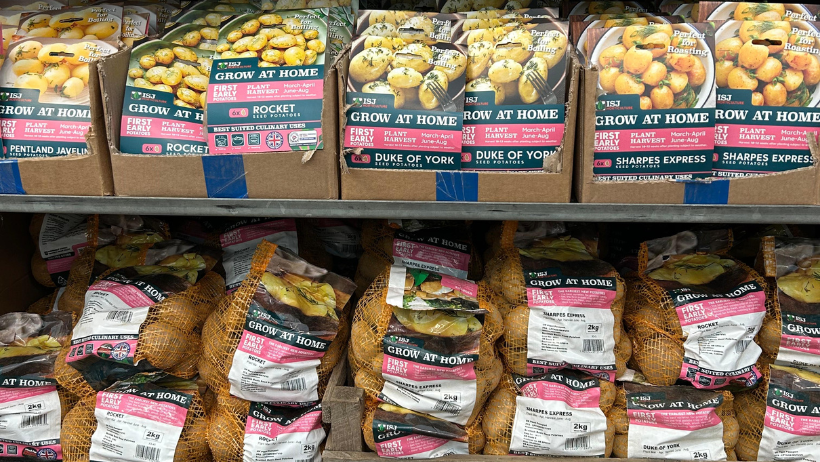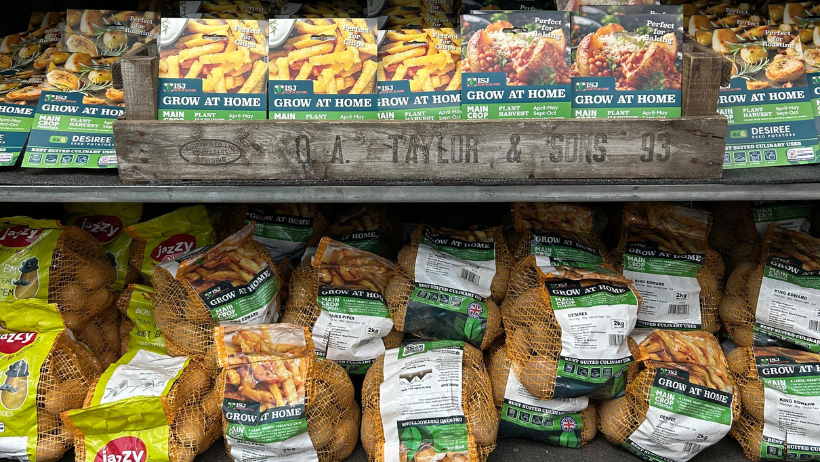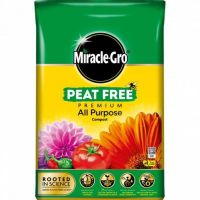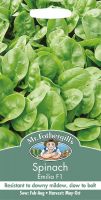Growing Vegetables in Scotland’s Cold Climate
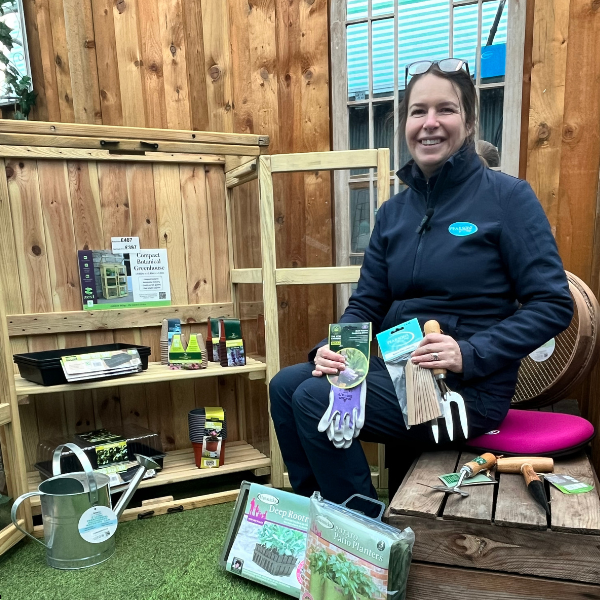
Growing vegetables in Scotland’s cold climate comes with its challenges, but with the right approach, you can enjoy fresh, homegrown produce all year round. At Pearsons of Duns, we know that Scotland’s unpredictable weather can, at times, make gardening feel like a battle, but with the right seeds, tools, and techniques, your veg patch can thrive no matter the season. Whether you’re working with a sizeable garden, raised beds, or a few pots on the patio, we’ve got everything you need to get started—and plenty of advice to help along the way.
Choosing the Right Vegetables for Scotland’s Climate
The key to success is choosing vegetables that can handle Scotland’s cooler temperatures. Root crops such as carrots, parsnips, and swedes love the cold and even develop a sweeter flavour after a frost. Brassicas, including kale, cabbage, brussels sprouts, and purple sprouting broccoli, are some of the hardiest vegetables around, growing happily through the colder months. If you’re after leafy greens, winter-hardy lettuces, spinach, and chard will keep you in fresh salads even as temperatures drop.
For those looking to plant onions, leeks, and garlic, these are perfect for Scottish gardens as they grow steadily over winter and are ready for harvesting in the warmer months. And of course, if you want to grow potatoes, they can go in once soil temperatures are over 8 degrees, with harvest from as early as 10 weeks later. We stock a great selection of seed potatoes at Pearsons, so pop in and see what’s available.
Protecting Your Crops from Frost and Cold
Even hardy veg benefit from a bit of extra protection when temperatures drop. Cold frames, cloches, and fleece are simple but effective ways to shield young plants from frost and strong winds. If you’re serious about extending the growing season, a polytunnel or greenhouse is a fantastic investment, allowing you to grow tender crops like tomatoes and cucumbers that wouldn’t usually survive outdoors in Scotland. We’ve got a range of protective covers and plant tunnel kits in store, perfect for giving your crops a fighting chance.
Mulching is another easy way to insulate the soil and protect roots from frost. A thick layer of straw, leaves, or well-rotted compost helps regulate temperature and prevents extreme cold from damaging your crops. Raised beds are also a great option, improving drainage and keeping soil warmer—especially useful in Scotland’s wetter months. We stock everything from compost to ready-made raised bed kits, so if you need help getting set up, just ask.
Making the Most of the Growing Season
Scotland’s shorter growing season means getting a head start is essential. Starting seeds indoors or in a greenhouse helps plants establish before the warmer months arrive. Using horticultural fleece or polytunnel cloches can warm the soil in early spring, giving young plants the boost they need. And if you are looking for extra space? Our range of TGB sheds is perfect for storing tools, potting plants, or even extending your growing season until the weather improves.
Succession planting—sowing little and often—ensures a steady supply of crops rather than everything being ready at once. Intercropping, where you grow quick-maturing veg alongside slower-growing ones, also maximises space and time. If you’re not sure where to start, we’re happy to help you plan a planting schedule tailored to your garden.
Tackling Scotland’s Wind and Rain
Wind and rain can be just as challenging as cold temperatures when growing vegetables in Scotland. If your garden is exposed, consider planting windbreaks such as hedges or placing fencing strategically to protect more delicate crops. If you’re dealing with heavy rainfall and waterlogged soil, raised beds and adding organic matter will improve drainage.
Certain crops, such as tomatoes and beans, struggle with prolonged wet conditions, so growing them under cover is a good idea. At Pearsons, we stock growhouses and grow tunnels to help protect delicate crops from the elements.
Growing Vegetables Year-Round in Scotland
With careful planning, you can enjoy fresh produce throughout the year. Hardy greens like kale and winter spinach can be picked even in freezing temperatures, while root crops like carrots and parsnips can be stored in the ground and harvested as needed. Overwintering crops such as garlic and broad beans are easy to grow and will give you a head start in spring.
If you’re looking for low-maintenance options, consider perennial vegetables like rhubarb, asparagus, and perennial kale, which return year after year. Microgreens and sprouted seeds are fantastic for growing indoors, giving you a quick, nutritious harvest without worrying about the weather outside.
Winter gardening is not for the faint-hearted. But for those who know its rewards, it's an opportunity to refine, protect, and enhance your space. From mulching to lighting, planning, and maintenance, each action ensures a robust garden when the frost clears. Follow these steps meticulously, and you'll find that your garden is ready to flourish in spring, all thanks to the care you took in winter. Winter gardening demands discipline, but the rewards—well, they're undeniably worth it.
Did you enjoy this blog? Yes! Why not sign up to our newsletter to be the first to know when our next blog from the garden centre team is live.

